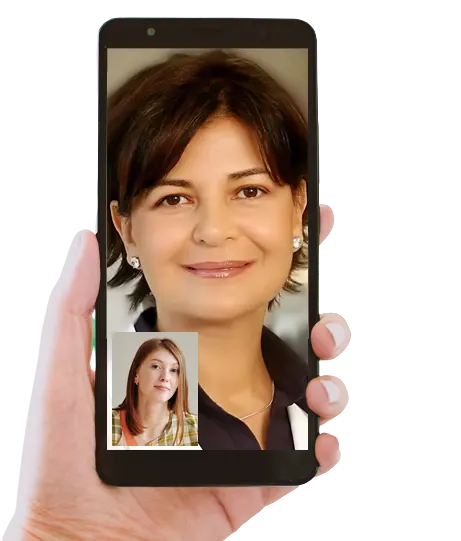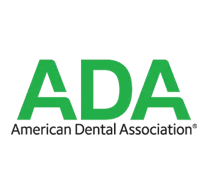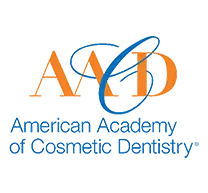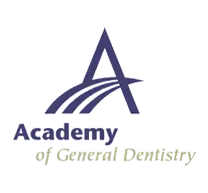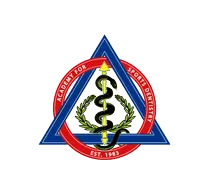Oral Cancer Screening in Lake Forest, CA
In the battle against cancer, early identification is paramount, and this holds true for oral cancer as well. Remarkably, 25% of oral cancer diagnoses are among non-smokers. Hence, a straightforward and painless oral cancer screening is essential for all patients.
Recognizing Risk Factors:
Oral cancer can affect individuals regardless of smoking habits, making it crucial for every patient to undergo routine oral cancer screenings. Notable risk factors include:
- Tobacco use (smoking, chewing & dip)
- Excessive alcohol consumption
- Poor dietary habits
- HPV (human papilloma virus) infection
- Age (higher risk over 40 years old)
Oral cancer frequently presents without symptoms during its early stages, emphasizing the need for screenings to identify potential concerns before they manifest visibly or cause discomfort.
Signs & Symptoms
Oral cancer can manifest across various areas within the mouth, such as lips, cheeks, gums, tongue, the roof of the mouth, and other soft tissues. It can also emerge in the back of the throat, known as oropharyngeal cancer.
Common oral cancer symptoms include persistent red or white sores that fail to heal over time. These may manifest as discolored patches or hardened lumps. While they can be accompanied by pain, they aren't invariably painful. Distinguishing cancerous sores from regular mouth sores can be challenging, underscoring the importance of regular dental screenings.
Additional indicators encompass throat discomfort, halitosis (bad breath), and alterations in the mouth, such as loose teeth or difficulties in chewing and swallowing. Should you experience any of these signs, it's advisable to promptly seek our assistance. Although conditions other than cancer could account for these symptoms, seeking early consultation offers the best chance of enhancing your oral cancer prognosis.
Diagnose Oral Cancer
During an oral cancer screening, your dentist conducts a visual examination of your mouth and its vicinity. Utilizing lights, mirrors, and specialized tools, they can scrutinize areas that might otherwise remain inaccessible. Additionally, their training enables them to identify subtle indications of cancer, both internally and externally.
Advancements in technology have equipped dentists with various cancer-detection tools. Specifically designed lighting can illuminate potential cancerous areas, while rinse solutions can enhance the assessment process. It's important to note that these tools serve to augment visual and physical examinations, not replace tried-and-true detection methods.
Post an oral cancer screening, your dentist might not immediately confirm an oral cancer diagnosis. They may opt to monitor your oral health and request additional testing if necessary. It's vital to comprehend that this doesn't necessarily indicate a problem. Detecting oral cancer can be intricate, and the intention could be to monitor your oral health to prevent the emergence of more severe symptoms.
Keep in mind that early detection yields an 80 to 90% survival rate for oral cancer. While the prospect of oral cancer can be unsettling, we encourage you to consult us with any concerns promptly. Swift action and lifestyle adjustments will significantly influence the outcome. Remember to inquire about your annual screening during your visits with the dentist or hygienist.
